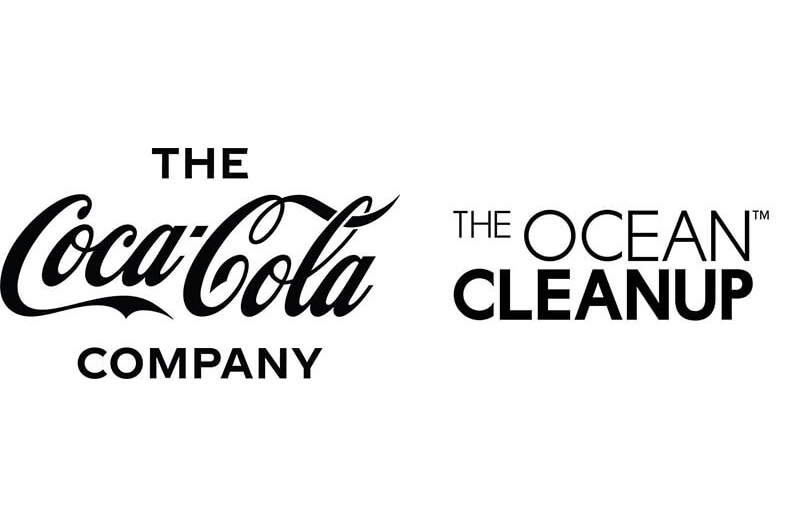Atlanta, Georgia-based The Coca-Cola Co. will become a global implementation partner for The Ocean Cleanup’s river project. The partnership brings the international company and technological non-profit together behind a clear objective: to stem the tide of plastic pollution entering the world’s oceans, by first intercepting waste in rivers.
Partnering Coca-Cola’s scale and global network with The Ocean Cleanup’s technology and data solutions, the initiative will help to expedite the deployment of cleanup systems across 15 rivers around the world over the next 18 months, including the introduction and implementation of The Ocean Cleanup’s semi-autonomous solar-powered Interceptor river cleanup solutions.
It also aims to engage and mobilize both industry and individuals around the world to address plastic pollution, eliminating plastic waste entering the world’s oceans and supporting ecosystems, species and water resources.
“The Ocean Cleanup’s mission is to rid the oceans of plastic,” said Boyan Slat, founder and CEO. “With 1,000 rivers emitting nearly 80 percent of river-carried plastic into oceans, this massive problem grows by the day, which is why we are always looking to accelerate our progress. Among the waste we collect with our cleanup systems, we find many plastic bottles, including Coca-Cola packaging, so I applaud them for being the first in the industry to join our mission, as part of their wider actions to make a positive impact on worldwide plastic pollution. Our clear intent is to take our learnings from this partnership, which has the potential to evolve in the future, and continue to scale rapidly. That’s why I believe this is good news for our oceans.”
The Interceptor was unveiled in 2019 and is the first scalable solution to prevent plastic from entering the world’s oceans from rivers. It is 100 percent solar-powered, extracts trash autonomously and is capable of operating in the majority of the world’s most polluting rivers.
Through the partnership, The Ocean Cleanup – together with Coca-Cola – will tackle 15 rivers by the end of 2022, with the two organizations working collaboratively toward their shared goal of eliminating waste. Two Interceptors included in this partnership have already been installed by The Ocean Cleanup in Santo Domingo, the Dominican Republic and Can Tho, Vietnam. For these rivers, the partnership will help provide support in the development of waste management solutions for collected trash and the organizations plan to extend the footprint of the project across 13 additional rivers.
The Ocean Cleanup brings demonstrated know-how, with the experience and proven expertise in plastic-collecting technologies, their deployment, the issue and science of plastic pollution, the data from their deployments and how to address it. Coca-Cola will support The Ocean Cleanup through its global network, which includes operations in more than 200 countries and territories. It will provide support on the ground for the local community engagement needed to deploy new Interceptors, as well as in the subsequent processing of the collected plastic via waste management expertise in support of a circular economy.
The Ocean Cleanup and Coca-Cola will work together to secure the new partners and investment needed to continue to scale the enterprise through the roll-out of additional Interceptor solutions, as well as to secure licensing support and deploy River Monitoring System cameras to conduct further analysis of river pollution.
“As a global business, we are working to ensure that all of the material we use in our packaging is collected and recycled, so that none of it ends up as waste,” said James Quincey, chairman and CEO of The Coca-Cola Co. “We support The Ocean Cleanup teams and technologies that are working to protect ocean ecosystems in the journey to safeguard our waterways.”

